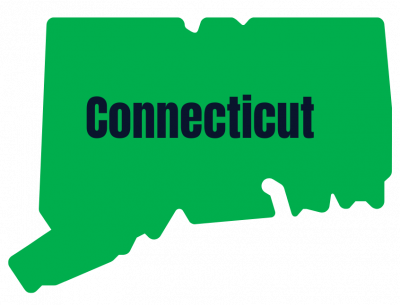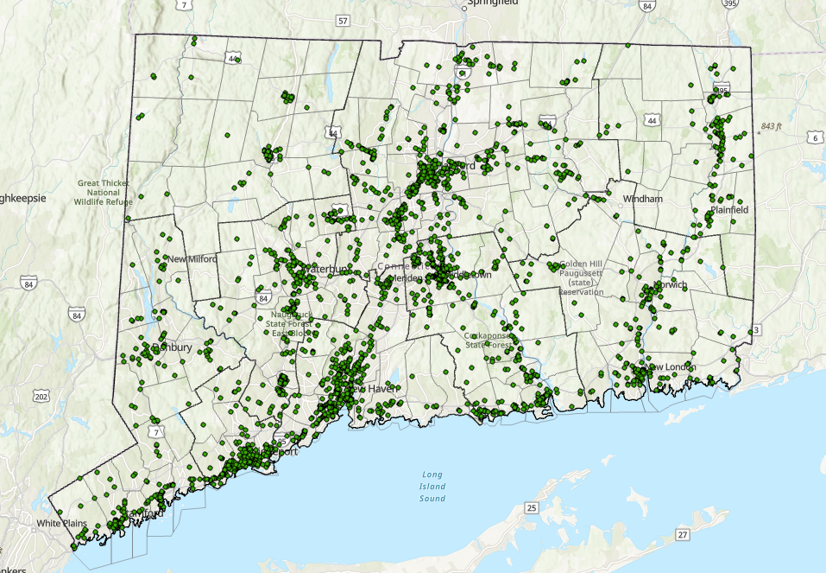CT Contacts
CT DECD Office of Brownfields
Binu Chandy
Director, Office of Brownfield Remediation & Development
CT Dept. of Economic & Community Development
Email: binu.chandy@ct.gov
Phone: (860) 500-2454
CT DEEP
Amanda Limacher
Brownfields Coordinator
Email: amanda.limacher@ct.gov
Phone: (860) 424-3351

CT Definition of Brownfields: "Sites, once used for industrial, manufacturing, or commercial uses, have been abandoned or underutilized due to known or suspected contamination from past uses. Unknown environmental liabilities have been preventing communities, developers and investors from restoring these properties to productive use and revitalizing impacted neighborhoods."
The Office of Brownfield Remediation and Development (OBRD) under the CT Department of Economic and Community Development provides financial and technical assistance. This page includes information on a variety of funding and liability relief programs offered by the state.
State Funding Program: the state regularly announces grant and loan brownfield programs. Open solicitations and a tentative schedule for future solicitations are found on the OBRD main page.
Liability Relief Program: Connecticut has several liability relief programs covering both municipalities and private owners and prospective purchasers; an overview is available in the Fact Sheet and further information on the DECD website.
The CT Department of Energy and Environmental Protection (DEEP) also provides technical support and resources for brownfield redevelopment.

Brownfield Inventory
CT DEEP maintains a brownfields inventory that includes sites that have entered federal or state programs.

Regulatory Framework
Planning Documents
Section 8-23 of the Connecticut General Statutes (CGS), as amended by Public Act 15-95, sets forth required procedures by which each municipality must prepare or amend and adopt a plan of conservation and development (POCD). These are generally available on town/city websites; links to the related Office of Policy and Management are available below.
State Plan of Conservation and Development
Municipal Plans of Conservation and Development
In addition, CT has nine regional Councils of Government, which assist municipalities with a wide range of planning activities and have regional plans.
State and Town Data
Connecticut Open Data is the central state portal for statewide data in all categories.
The CT Data Collaborative is a central repository for a wide range of datasets at the municipal and state level.
The CT ECO and the CT DEEP GIS Open Data websites are both central GIS platforms for environmental data.
Public Health Data
The CT Department of Public Health Research page provides a variety of health data at the town level.
The CT Public Health Data Explorer visualizes various public and environmental health data, which is provided mostly at the county level.
Specific categories of interest to brownfield grants:
 The CDC National Environmental Public Health Tracking Network includes a map in the Data Explorer Tool by census tract for two cancer indicators: crude prevalence of cancer among adults and number of breast cancer cases for a 10-year period. These are NOT actual cancer rates; they are modeled on the basis of survey responses and the PLACES project (Population Level Analysis and Community Estimates).
The CDC National Environmental Public Health Tracking Network includes a map in the Data Explorer Tool by census tract for two cancer indicators: crude prevalence of cancer among adults and number of breast cancer cases for a 10-year period. These are NOT actual cancer rates; they are modeled on the basis of survey responses and the PLACES project (Population Level Analysis and Community Estimates).
The United States Data Statistics website includes data visualizations with actual cancer rates, which are available at the county and congressional district level.
The DPH Interactive Map of CT Tumor Registry provides data for different types of cancer by town for two time periods: 1998-2002 and 2010-2014.
 The Asthma surveillance maps includes data by Census Tract (Emergency Department visits, Hospitalization rates); an interactive map is also available on the Asthma Explorer
The Asthma surveillance maps includes data by Census Tract (Emergency Department visits, Hospitalization rates); an interactive map is also available on the Asthma Explorer
 The only dataset available nationally for birth defects is through The CDC National Environmental Public Health Tracking Network and it provides data at the county level for 12 different types of birth defects.
The only dataset available nationally for birth defects is through The CDC National Environmental Public Health Tracking Network and it provides data at the county level for 12 different types of birth defects.
